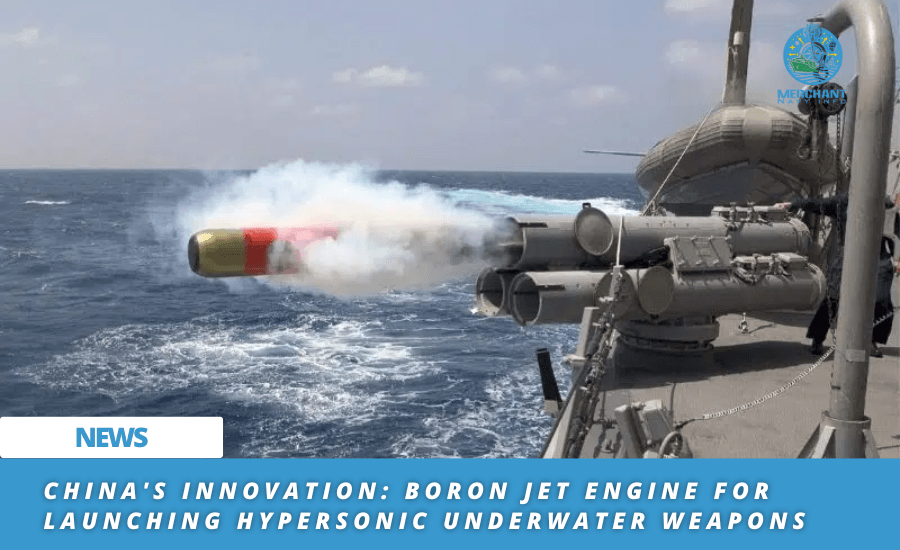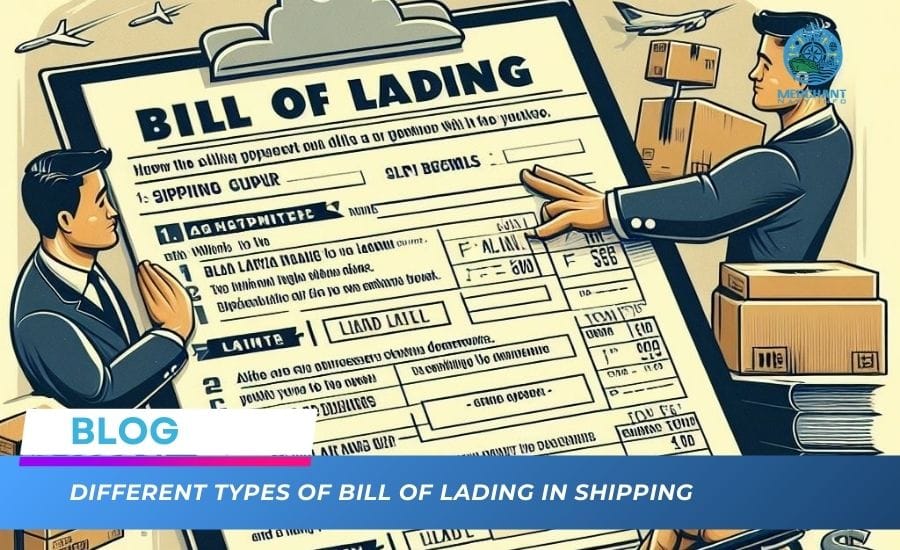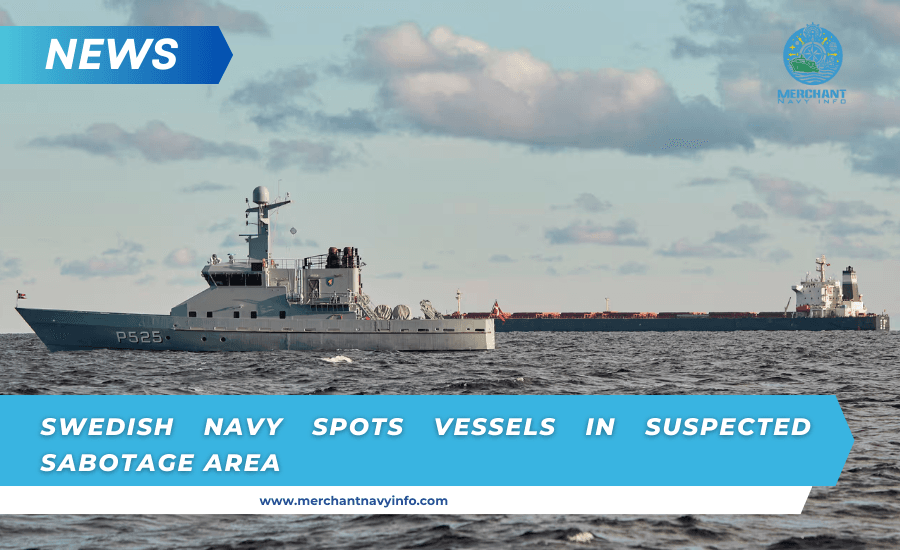
The Ship Security Alert System “SSAS” is a security measure to strengthen ship security. And deter acts of piracy and terrorism against ships. The Ship Security Alert System ‘SSAS’ is widely recognized. As part of the International Ship and Port Facilities Security Code (ISPS Code). It complements the International Maritime Organization’s (IMO) efforts to improve ship safety.
Cospas-Sarsat has developed this project of the Ship Safety Alert System “SSAS” in cooperation with the International Maritime Organization. The basic idea is that in the event of a piracy attempt, terrorist attack. Or any other incident that can be defined as a threat to the ship from a maritime security perspective. The ship’s SSAS beacon will be activated, and the appropriate laws will then be applied. It is called. I answer. Law enforcement and the military will be sent to help. The Ship Safety Alert System “SSAS” beacon and aircraft transponder emergency code 7700 are based on similar principles.
Ship Security Alert System is a type of silent marine security alert system that, when activated. Does not transmit an audiovisual signal to the vessel, nearby vessels, or security forces. In most cases, alerts are first received by the shipowner or an SSAS-managed third party. And then forwarded to the ship’s flag state. These recipients are obliged to notify the national authorities of the coastal state through which the ship is sailing.
How does SSAS Work?

- When maritime security personnel detect a threat from pirates or terrorists. The SSAS must be capable of being activated from main quarters.
- The Beacon upon which the alarm is triggered sends a specific security alarm. Containing important details about the vessel and its location to the manager and owner or to an appointed professional SSAS management and monitoring service.
- Upon receiving a signal, the Administration notifies the national authorities closest to the area and dispatches appropriate military or law enforcement forces to deal with the terrorist or pirate threat.
The SSAS must be Capable of Being Activated From
In December 2002, the International Maritime Organization (IMO) adopted several changes, introducing the Ship Safety Alert System “SSAS”. Established in SOLAS Chapter XI-2, Regulation 6. IMO was also required to develop implementation guidelines and instructions for handling covert alarms from SSAS equipment.
In accordance with international requirements for the safety of ships and port facilities, the following ships must be equipped with SSAS:
- All cargo ships built after July 1, 2004
- All passenger ships and high-speed vehicles also For passenger transport
- Oil tankers, chemical tankers, gas tankers, bulk carriers, GT 500 and also above, built before July 1, 2004, at the latest by the time of the first inspection of the radio system.
- Fast cargo vessels of 500 gross tons or more built before July 1, 2004, and mobile offshore drilling units no later than July 1, 2006, by the first inspection of subsequent wireless system installations.
Warnings
SSAS warns Security personnel must periodically and prioritize the shipment directly from the vessel to the government agency or another appropriate recipient designated by the government agency (flag state). These periodic SSAS priority messages can be sent by managers from the flagship to their local salvage control center or other targets such as ship owners or managers.
Inmarsat C, Mini-C, and D+ satellite services help ensure complete access to Ship Security and also Alert System (SSAS) message processing, but existing older GMDSS will require updating by the manufacturer or distributor. It will be. The SSAS solution available on the Inmarsat network naturally makes the routing of SSAS alerts more flexible.
SSAS Buttons/Switches
According to the regulations, a ship must have at least two safety alert buttons. One is on the bridge, and the other is in another clearly visible location (e.g., inside your property).
The location of the switch must to be known to all the ship’s crew. To prevent misuse or accidental operation of the container, the switch must be fitted with a protective locking cover. If the vessel is in a dry dock and work is being carried out near the SSAS button, persons working in the area should be appropriately instructed not to touch or operate the button. In dry docks or berths, keys may be kept in an accessible location, and latches may be temporarily locked with the knowledge of the master and vessel security personnel. Never lock the safety cover during normal operation.
When the Ship Safety Alert System is Activated, the Following Details are Sent to the Administration:
1. Name of the ship
2. IMO number assigned to the ship
3. Call sign of the ship
4. Global Navigation Satellite System &# 40; GNSS)Vessel’s position in latitude and longitude
5. Maritime Mobile Service ID
6. GNSS position-based alert date and time (based on the vessel’s current travel time)
If SSAS is pressed, the alert will continue Must be sent. Transfers to the administrator or permissions selected by the administrator unless reset or deactivated.
Responsibilities of Signal Receivers
- SSAS signals are received by the Administration (Flag State) and another representative selected by the owner or Administration (Professional SSAS Management and Monitoring Service).
- Email or Phone This number is for the purpose of receiving SSAS alarms and is intended for management personnel, as failure to report alarms or delay in responding can cause serious damage to life and property.
- It must be continuously monitored.
- Once the signal is received, the date and time must not be mistaken for government local time or the owner’s location. The date and time indicate the current position of the ship. (For example, a Panamanian registry office receives signals from Panamanian ships sailing near Somalia. Therefore, if a message arrives in Panama on Wednesday at 23 47, it will arrive from Somalia on Thursday at 7 47 )
- Contact the vessel regarding the alarm signal to ensure it is a legitimate alarm and also not a false alarm.
- Once the alarm is confirmed to be justified, the government should report the situation to the nearest coastal and security authorities.
- Always notify coastal and safety authorities when an alert is generated due to a failure of SSAS equipment.
Testing SSAS

SSAS functionality is critical in a real emergency situation, so you should test that SSAS is functioning properly. According to Maritime Safety Board Circular (1155), companies must notify flag status well in advance of the test to avoid being misinterpreted as a genuine emergency. Most flag states (management) are responsible for receiving and processing signals and establishing rules for communication of SSAS test procedures. For example, some flag states require him to register for the SSAS test no later than two days before the test.
The master is responsible for notifying this by sending a pre-test notification email to the email address provided by the flag state for testing communications. This allows flag states and ship representatives to effectively track alerts and ensure there are no misunderstandings that could lead to unintended emergency actions that cost valuable time and money. Emails or messages sent to flag states must include the word “TEST” in the subject line and message to avoid confusion.
Advantages
- Fully maritime oriented
- Use of Inmarsat C, Mini-C, and D+ satellite services
- Upgrade older GMDSS versions.
- Worldwide coverage
- Ideal for asset tracking
- Daily reports with routine priorities
- Web-based tracking
- Compliant with IMO standards and fully compliant with SOLAS XI-2/6 requirements. Compliant
- Installation, testing, and use by training professionals.
Disadvantages
- Installation of SSAS on ships is still considered an additional economic burden on ships, with ship owners installing only two ship safety alert system switches on her ship I’m trying to stay compliant by doing this. During an attack, these two locations can become inaccessible to her, and increasing the number of switches increases the safety of the ship and crew.
- This regulation does not require the need for an independent power supply to a vessel’s SSAS. If the main power supply fails or if the backup power supply fails, SSAS will no longer function.
- As mentioned earlier, there are two switches and one Bridge. It is important for the captain to ensure that the ship’s crew knows the location of the switch. Knowing location during each exercise is not yet practiced by many ships and can lead to confusion in the event of a real emergency.
- There are a number of agencies and third parties that specialize in monitoring her SSAS alerts from ships. In order to save costs, many owners do not choose such agencies, preferring to keep this service in-house (corporate security personnel). It would be naive to believe that a CSO never misses a call or message or that their alert-only phone battery never dies.










